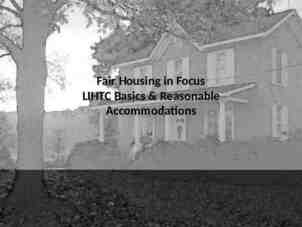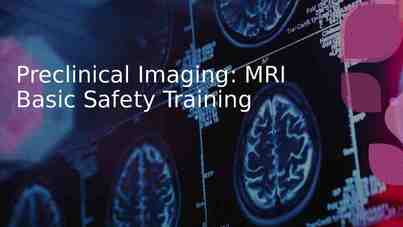RESIDENTIAL CURRICULUM Taking Student Learning in the Residence
7 Slides56.99 KB
RESIDENTIAL CURRICULUM Taking Student Learning in the Residence Halls to a Whole New Level
Overview This document will discuss. . . o The history of our programming models o The difference between programming and curriculum o Components of a residential curriculum
Texas State Programming Model History Over the past 11 years, there have been 5 different models. Most programming models in Residence Life only last 3 years and have little room for change in their lifetime The Residential Curriculum is not a programming model, but a living document that will be changed and updated as needed Bobcat Success Model (2005) Culture of Care Model (2006) Hettler’s Wellness Model (2008) Living, Learning, Leading Model (2009) R.I.S.I.N.G. S.T.A.R. Model (2010) Residential Curriculum (2016)
Programming Model vs. Curricular Approach o Programming General Priorities Topical Requirements for RAs Often based on reaction to needs displayed by students Topics and implementation are often the responsibility of the RA or student org leads Focused on residents as a group Relies on voluntary attendance Stand-alone sessions o Curricular Clearly defined, educationally focused goals Based on professional assessment of student educational needs Views co-curricular learning as learning over time and learning via sequence Defined delivery strategies which include programming as only one component Emphasis on the individual students learning Specific Lesson Plans or “Scripts” Outcome based Highly Intentional Review and Appraisal Process
Thinking Differently The Residential Curriculum Committee asked themselves the following questions when developing the curriculum: o Think about the Residence Halls as if you were teaching a class . . . What would you want them to learn from their time living in? o Think about DHRL as having a major . . . What would your courses be? What ways would this be taught? After answering the questions above, the committee had to consider the 10 Essential Elements of a Residential Curriculum . . .
10 Essential Elements of a Residential Curriculum 1. Directly connected to your institution’s mission 2. Learning outcomes are derived from a defined educational priority 3. Based on research and developmental theory 4. Learning outcomes drive the development of educational strategies – should be entire department, not just Residence Life 5. Programs are one type of strategy, but not the only one 6. Student staff members play key roles, but are not the educational experts 7. Represents sequenced learning 8. Stakeholders are identified and involved 9. Plan is developed through review process that includes feedback, critique, transparency, etc. 10.Assessment is essential for measuring the achievement of the learning outcomes
Taking Student Learning in the Residence Halls to a Whole New Level After considering all of the components of a residential curriculum, the committee developed several plans for a Texas State Residential Curriculum. In the next document, titled ‘Texas State Residential Curriculum’, you will learn more about the specific curriculum for our department.











